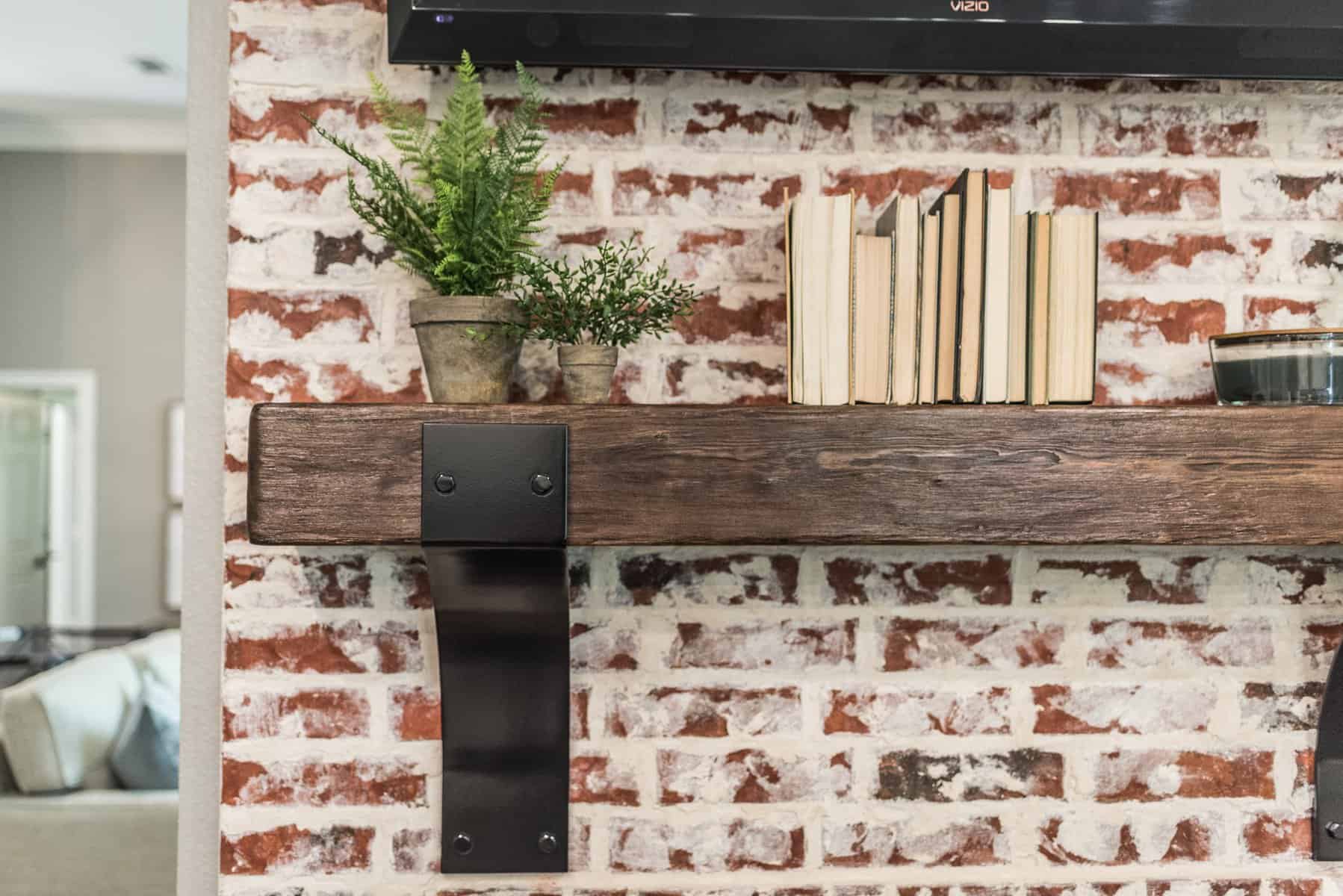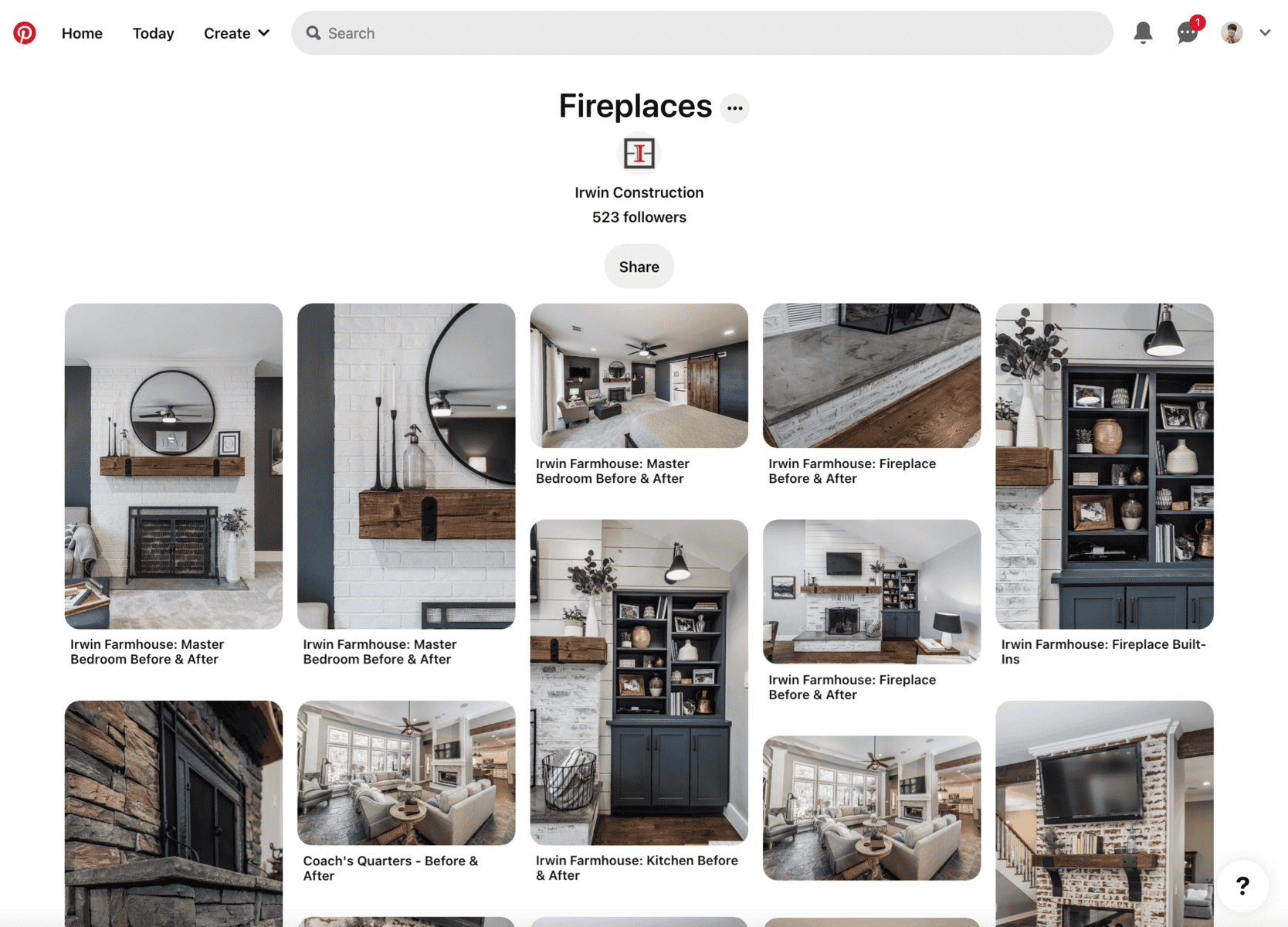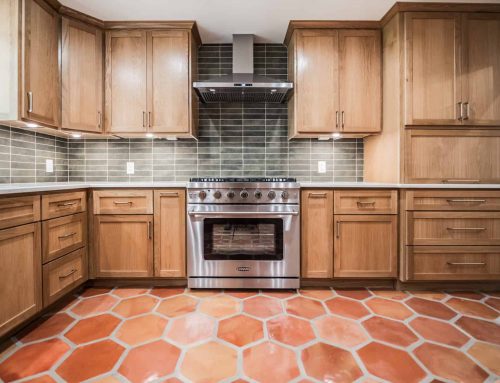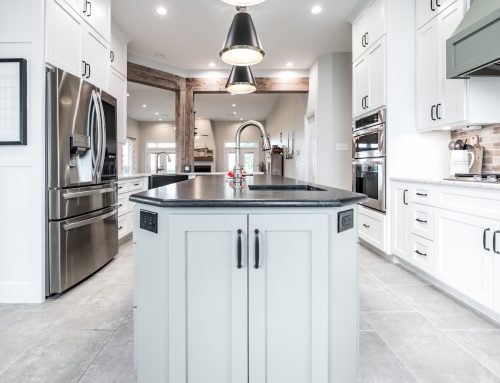Pros and Cons for Wood-Burning Versus Gas-Burning Fireplaces
Are you considering a fireplace as part of your next home renovation project, but struggling to decide which type is right for you? With so many options available, from traditional wood-burning fireplaces to modern gas and electric models, it can be overwhelming to choose the one that best fits your needs and preferences. Each type has its own unique features and benefits, as well as potential drawbacks that you’ll need to consider before making a decision. In this article, we’ll explore the pros and cons of different fireplace types to help you make an informed choice and create a cozy, inviting atmosphere in your home. Whether you’re looking for a rustic and traditional feel or a sleek and modern look, we’ve got you covered. Let’s dive in and find the perfect fireplace for your home!
Wood-Burning Fireplaces:
Pros:
- Create a traditional, cozy atmosphere with the sound and scent of burning wood
- Generate a lot of heat, making them great for colder climates
- Can be used as an alternate source of heat during a power outage
- Often have an open hearth style that provides a larger flame and creates more warmth
- Can be used for cooking or roasting marshmallows
Cons:
- Require more maintenance than gas-burning fireplaces, including annual chimney cleaning to prevent soot buildup
- Can be less energy-efficient and cost more to operate
- You must have firewood on hand in order to operate the fireplace
- Greater fire hazard, as sparks and embers can escape the hearth area into the room
- Can produce more pollution than gas-burning fireplaces, which can be a concern for those who prioritize environmental friendliness

Gas-Burning Fireplaces:
Pros:
- Cleaner and lower-maintenance than wood-burning fireplaces
- More energy-efficient and can save you money on your energy bills
- Doesn’t require keeping firewood on hand
- Come in two types: direct vent built-in and ventless built-in, which offer installation flexibility
- Can be turned on and off with the flip of a switch or remote control, making them more convenient to use
Cons:
- May not provide the same level of ambiance as wood-burning fireplaces due to the lack of sound and smell
- May not generate as much heat as wood-burning fireplaces, depending on the model and efficiency of the fireplace
- Direct vent built-in gas fireplaces require a vent or chimney, which can make installation more complicated and costly compared to ventless options
- Ventless built-in gas fireplaces may not be allowed in some areas due to safety concerns and local regulations
- Requires gas service to your home
- May require annual inspection and cleaning to ensure safe and efficient operation
Overall, both wood-burning and gas-burning fireplaces have their pros and cons, and the best option for you will depend on your personal preferences, needs, and circumstances. At Irwin Construction, we can help you make an informed decision by providing expert advice and guidance on selecting the right type of fireplace for your home. Contact us today to schedule a consultation and learn more about our fireplace and mantle renovation services.
Do you have a favorite? Let us know in the comments below, and if you want to build or re-create the fireplace of your dreams, contact us! If you’re looking for more fireplace design inspiration check out our fireplace Pinterest Board!











Leave A Comment